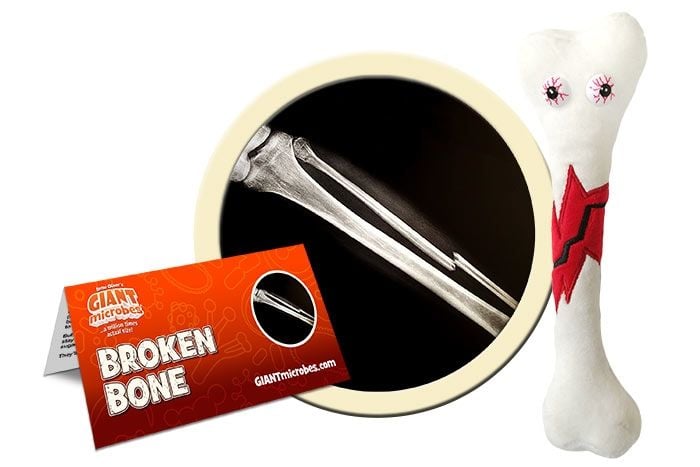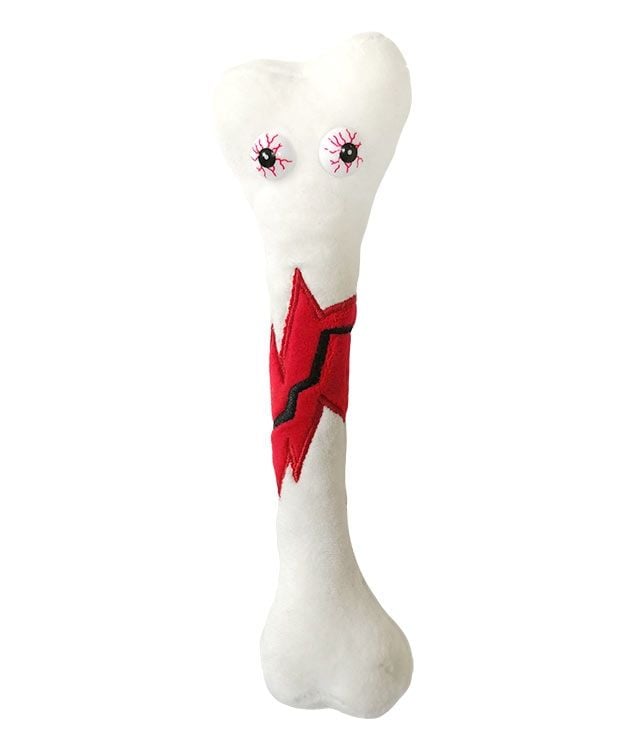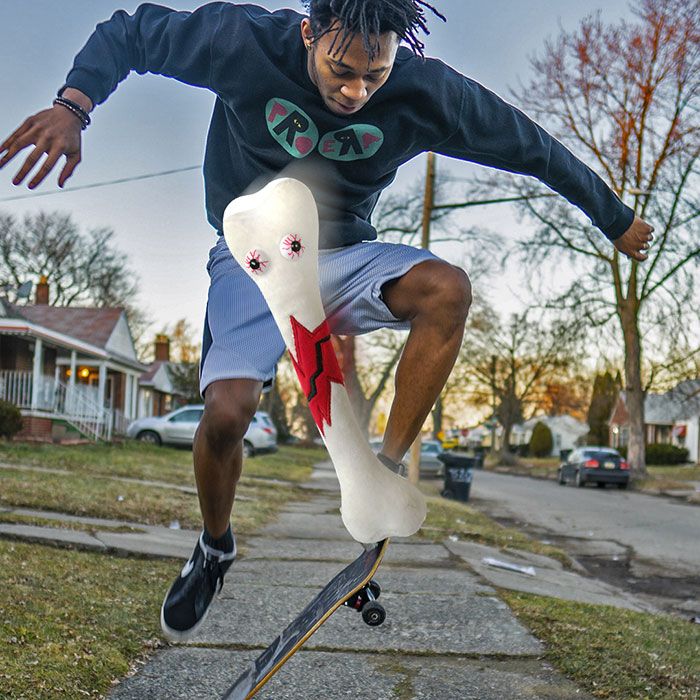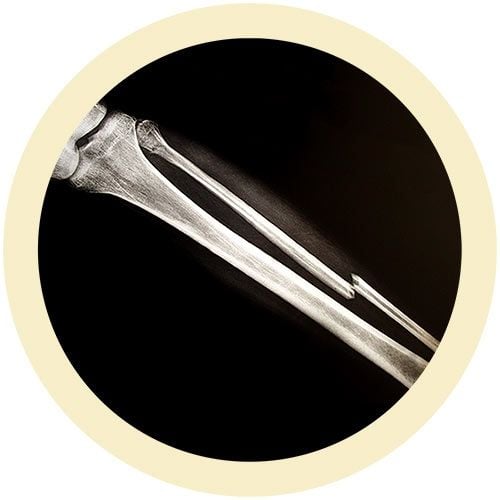Broken Bone
Product Details
Additional Information
| Sizes | Giantmicrobes are based on actual microbes, cells, organisms and other critters, only 1,000,000 times actual size! Gigantic (GG) 40-60cm XL (XL) 25-38cm Original (PD) 12-20cm Keychain (KC) 5-10cm with clip |
|---|---|
| Materials | Plush from all new materials. Stuffed with polyester fiber fill. Surface washable: sponge with water & soap, air dry. |
| Packaging | Each plush microbe includes a printed card with fun, educational and fascinating facts about the actual microbe or cell. |
| Safety | Every product meets or exceeds U.S. and European standards for safety. For ages 3 and up. |
All about Broken Bone
FACTS: Millions of people break a bone each year, and most of us will at some point in our lives. For the young, a broken wrist is the most common. For the elderly, the big concerns are hip, forearm and vertebral fractures.
Bones protect internal organs, store minerals and give your body structure. They are made of an intricate edifice of mineralized tissue laid down by bone cells, or osteocytes. Although out of view, bones are alive and should be treated well. You will lead a happier skeletal life when you exercise and eat foods rich in calcium and vitamin D. Your 40 billion osteocytes can live for decades, but bones do weaken with age. As your body breaks down old bone and rebuilds it with stronger material, some bone matter is lost. Osteoporosis is the condition when bones become weak and are more susceptible to breaking. Worldwide, osteoporosis affects hundreds of millions of people and causes nearly 10 million fractures annually. For those over the age of 50, this occurs in 30% of women and 20% of men.
When you break a bone, medical professionals will immobilize it with a cast or brace until it heals. There are also many modern procedures to reposition shifted bones. In ancient times, however, the techniques were a lot rougher. A surgeon would use his hands to push fractured parts back together. Fragments that pierced through the skin were simply pushed back into the body or extracted. Of course this was done without any pain killers. Anesthesia was invented in the 1840s, creating numbingly wonderful years for broken bones.











